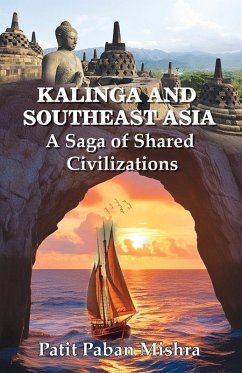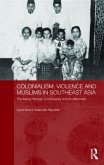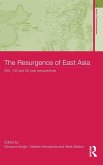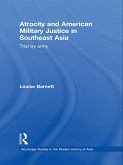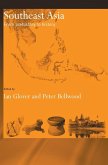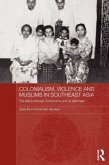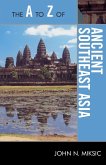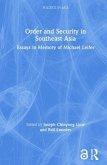The Indian cultural influence in Southeast Asia has been a fascinating subject for historians. Beginning in prehistoric times, Indian culture flowed into Southeast Asia, sometimes in torrents and at other times in trickles, until the establishment of Western hegemony in both regions. The author of the book challenges the myth that this cultural influence was solely an Indian initiative, with Southeast Asia playing a passive role. Instead, the autochthonous societies of Southeast Asia were advanced enough to assimilate elements of Indian culture. The entire process of Indian cultural influence was characterised by an interaction between the cultures of India and Southeast Asia. Southeast Asia, a region of ethnic, cultural, linguistic, historical, and physical diversity, has witnessed external influences leaving a profound impact on its indigenous cultures. Although the region has absorbed these cultural transfusions, adding layers of nuance and meaning over the centuries, it has retained its distinct cultural idiom. As Indian culture embodies a plurality of traditions, the role of Odisha (formerly Orissa) is portrayed in its proper context. This is a region where cultural influences from various directions have been synthesised to create a unique cultural identity. With its long maritime tradition, the people of Odisha established connections with Southeast Asia and left a significant cultural legacy. Numerous similarities between Odisha and Southeast Asia can be observed across various fields. The influence of Odishan religion, philosophy, social customs, art, and architecture on several Southeast Asian countries is abundantly evident. The author avoids exaggerating Odisha's role in the cultural diffusion to Southeast Asia, instead offering an objective perspective on its contribution to the broader Indo-Southeast Asian relationship. As part of the Indian subcontinent, Odisha established extensive commercial ties and trade networks with various parts of Asia. Through its numerous ports along its extensive coastline, Odisha's influence radiated outward in successive waves to different countries.
Bitte wählen Sie Ihr Anliegen aus.
Rechnungen
Retourenschein anfordern
Bestellstatus
Storno

